Rigid PCB Board vs. Flexible FPC: Key Differences Explained
introduction
Rigid PCBs (Printed Circuit Boards) and flexible FPCs (Flexible Printed Circuits) are two common types of circuit boards used in electronic engineering. They differ significantly in terms of structure, materials, application fields, manufacturing processes, and costs.
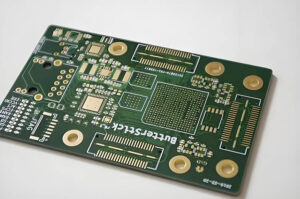
Structure and Materials
– Rigid PCBs are typically made from hard materials like epoxy resin glass cloth (FR4) or phenolic resin paper (FR1). Their surface is coated with conductive copper foil, and circuit patterns are formed through processes like chemical etching. This structure gives PCBs high mechanical strength and rigidity but lacks flexibility.
– Flexible FPCs are made from flexible materials such as polyimide (PI) or polyester (PET), also coated with conductive copper foil. Unlike rigid PCBs, FPCs are lightweight, soft, and can be bent or folded, making them suitable for flexible applications.
Application Fields
– Rigid PCBs are commonly used in applications where rigidity and stability are crucial, such as computer motherboards, mobile phone circuit boards, and other similar devices. They provide robust support structures and stable electrical connections in these devices.
– Flexible FPCs are ideal for applications requiring flexibility, such as foldable displays, curved electronic products, and flexible sensors in medical devices. Their flexibility allows them to adapt to complex shapes and space requirements.
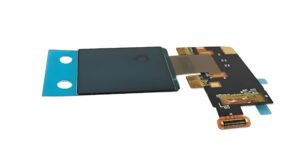
Manufacturing Process
– Rigid PCBs are usually shaped through milling.
– Flexible FPCs are often shaped using laser cutting. Additionally, the manufacturing process for FPCs involves cutting and reinforcing with materials like PI, FR4, steel sheets, 3M adhesives, and electromagnetic films, making the process more complex.
Cost and Complexity
– Rigid PCBs generally have lower manufacturing costs because the production process is well-established and does not require consideration of flexibility.
– Flexible FPCs typically have higher manufacturing costs due to the need for specialized flexible processing techniques and flexible substrates. Designing and manufacturing FPCs requires consideration of factors like the bending radius and the number of folds to ensure the reliability and stability of the circuit board.
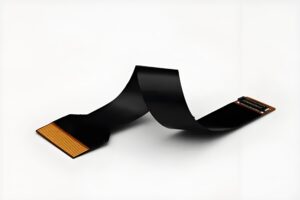
Summary
– Rigid PCBs are suitable for applications that do not require bending or folding, offering strong rigidity and support at a lower cost.
– Flexible FPCs are better suited for applications that require flexibility or bending. Although they are more expensive and complex to manufacture, their flexibility and adaptability make them ideal for use in devices with complex spatial structures.
The choice between rigid PCBs and flexible FPCs should be based on the specific needs of the product.



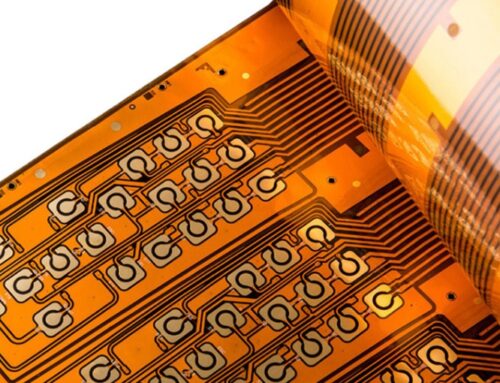
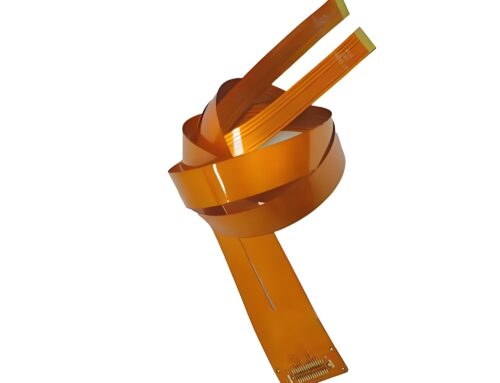



Leave A Comment